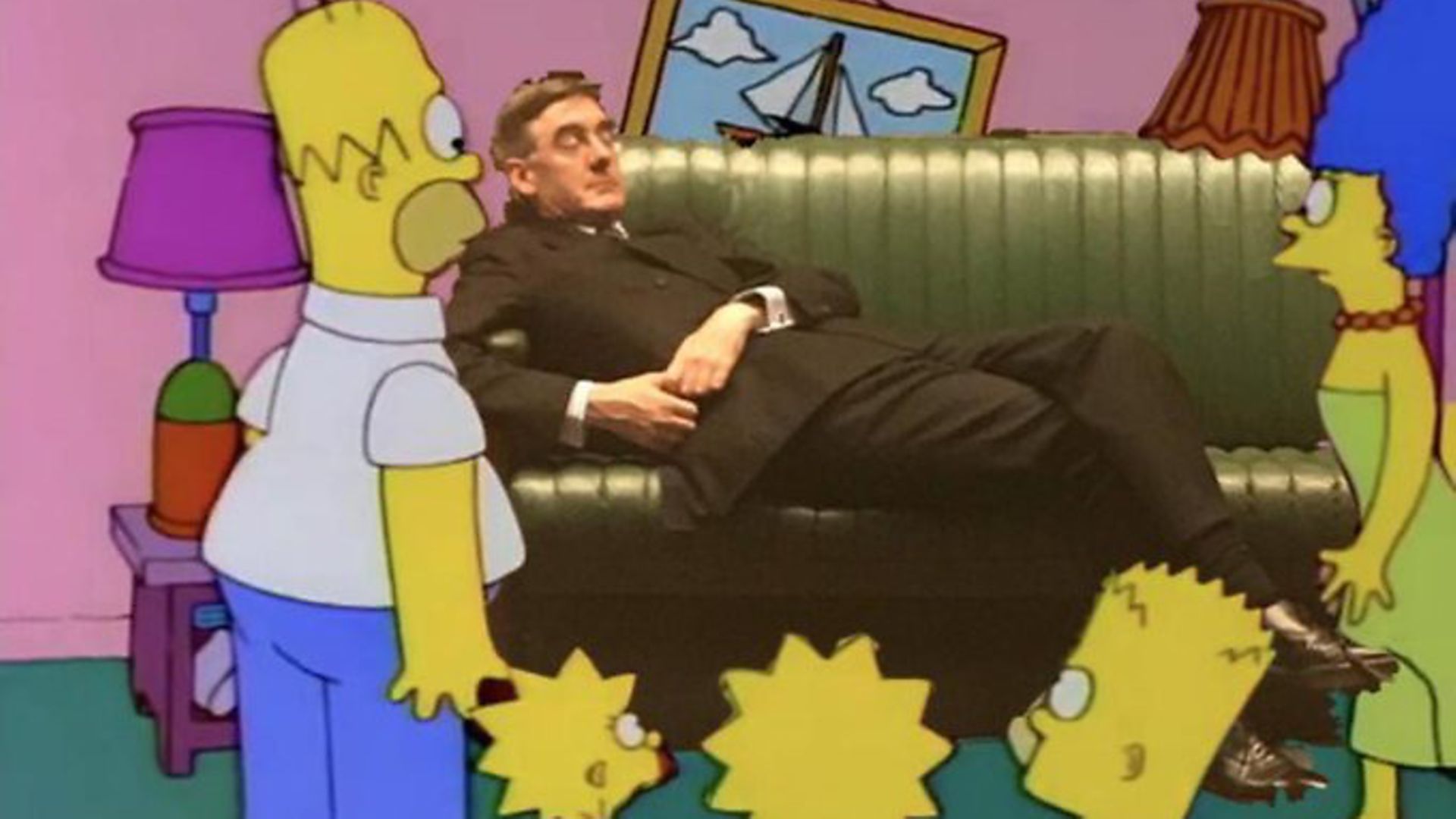
WILL SELF on missing the point of memes.
‘Meme’ is a coinage by Richard Dawkins, perhaps the most notorious – if not the most celebrated – of neo-Darwinians. In his brilliant exposition of the Darwinian worldview, The Blind Watchmaker, Dawkins theorises that given environmental selection pressures may no longer be working on the great mass of human phenotypes, it could be that the decisive arena within which evolution is taking place, is that of the concepts which animate our behaviour en masse. These ‘memes’, he suggests, may be competing with each other, while undergoing forms of ‘mutation’ by reason of the myriad Chinese-whispers-style interactions with which they propagate themselves.
The idea is obviously open to all sorts of objections – primary among them that there’s no real equivalence between the transmission of ideas and that of, um, sperm. Nevertheless, Dawkins’s memes have had a long and happy lifecycle, during which they‘ve mutated into something their creator (and is he, for memes, that most abhorrent of things – at least so far as he’s concerned – a deity?) never envisaged. Nowadays a meme is almost exclusively an internet one: a sort of joke or terse comment, communicated via this medium, that takes the form of a juxtaposition of superficially irreconcilable elements sourced from various sectors of the web.
The extent to which evolution might have an epigenetic component, whereby individual phenotypes do, in fact, alter their own genotypes and thus, through their lifestyle or proclivities, influence their descendants, has been hotly disputed ever since the publication of The Origin of the Species. This is the back door to Darwin’s theory, through which the bowdlerisations of social Darwinism and Lamarckism gained entrance. I’ve no idea if I’ve managed to pass any of my individual traits on to my multitudinous offspring – but an ability I’ll never confer on them is that of understanding memes.
Neither, it seems, are they able to teach this to me. My younger sons, who still live with me, often huddle up in an exclusive and cachinnating colloquy, and when I try and sidle my way in they reject me thus: “Don’t bother, Dad, you won’t get it.” If I insist, one or other will proffer their mobile phone, and on its screen I’ll see a juxtaposition of image and caption that at first glance conforms to a spot cartoon. But unlike this genre – with which I have considerable familiarity, having drawn them for a living for some years – memes are not front-facing. They do not achieve their impact by a beneficent intersection between universality and simplicity, but rather its inverse: particularity and complexity.
As I say, I don’t really understand memes, so what I have to say on the subject may well be arrant bulls**t – but from what my sons tell me, and I observe, many of them are based on particular events in popular culture: goofs or pratfalls, duff performances, unscripted or extempore moments of all sorts. These are then juxtaposed with some other event or image – which is usually antithetical, being serious, or at least adequately achieved. To the juxtaposition (which necessarily implies bathos) is affixed a caption that, rather than making the meme more legible to the uninitiated, does the opposite: by triangulating with the two other elements to produce a sort of reductio ad infinitum (and in my case ad ignorantum).
In this way memes inherit elements of several other genres to produce something altogether novel: that you had to be there is a staple of unfunny anecdotes, but of the very essence of memes – however, the ‘there’ you had to be is not a physical location but a virtual one: an elongated point in space-time, the compass of which contains all those instances of people experiencing the initial glitch that’s the grit from which the pearlescent meme will be cultured. What identifies you as one of those cognoscenti is, in turn, a suppressed element – acknowledged but not fleshed-out. This is where memes lean on the rubrics of thieves’ cants and argots such as back or rhyming slang. If you say you haled ‘a sherbet’, your interlocutor will only understand if they know what a sherbet dab is.
The interesting thing, to me, about these memes – which circulate in great numbers – is that they appear to contradict Walter Benjamin’s dicta about the work of art in the age of its technological reproducibility. For Benjamin, recordings, films and photographs alike are necessarily legion, and by that fact alone no longer possess that quality of being uniquely present – and so they cannot possess the aura of true artworks. I see the presence necessary in order to ‘get’ a meme as a strange sort of summoning up of this auratic component. Not only does getting the meme entail having been there – it also entails being here, now; and just as images and caption combine to produce a particular meaning, so these two temporalities interact to produce a sort meta-now: a zeitgeist registered in the virtual realm now, rather than the actual one.
All of which is by way of acknowledging that I’m a happy enough has-been.
What do you think? Have your say on this and more by emailing letters@theneweuropean.co.uk










